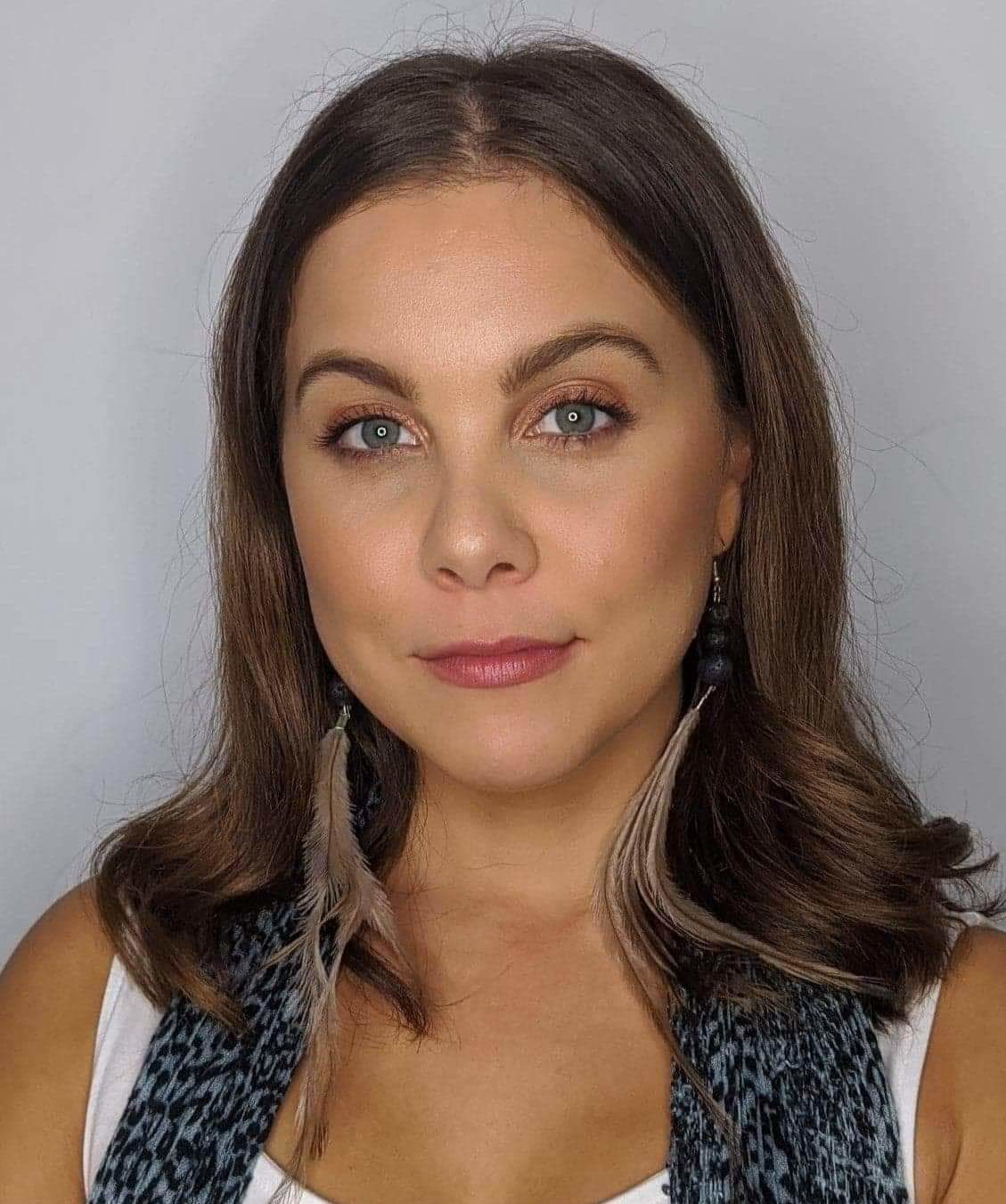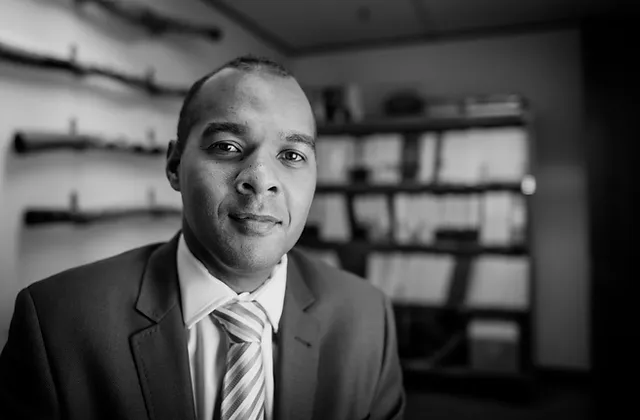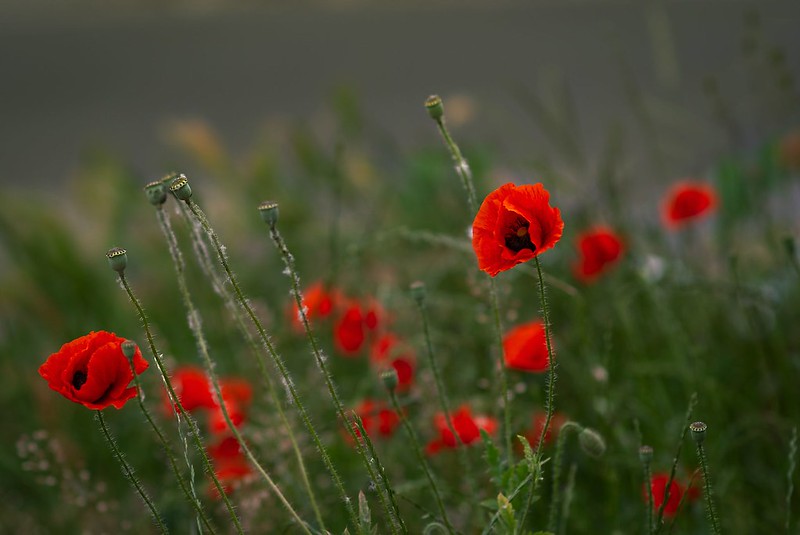Aboriginal and Torres Strait Islander artists struggling to earn a living wage face added barriers, including work insecurity, ethnocentrism in the arts and lack of mental health support.
Creative Australia with Macquarie University have released the Artist as Workers Report, an economic study into the arts industry.
It found that on average working creatives including musicians, visual artists, writers and dancers, earn 26 per cent below the average national income at $54,000 a year, when taking into account other sources of revenue.
More than half of working artists who rely solely on creative work alone, earn less than $10,000 a year through their projects.
The survey makes it clear that a small number of First Nations artists in urban areas were able to contribute to the study, and that it wasn’t able to record enough data from rural Indigenous art workers.
An Indigenous Arts Sector Union representative says more needs to be done to support Aboriginal and Torres Strait Islander creatives before they’re forced to leave the industry.

Gubbi Gubbi Wakka Wakka and Kullilli woman Nathalie McLean is the First Nations Organiser at the Media, Entertainment & Arts Alliance.
She says Aboriginal and Torres Strait Islander creative workers need more support.
“The financial strains on First Nations creatives are stifling our creativity, Ms McLean says.”
“Our government needs to address this, we need to remember that arts and cultural workers are not hobbyists.
We contribute a large amount to our GDP every year, we’re a larger sector than finance and coal mining so our government really needs to recognise that we need better financial funding for arts and creative industries, particularly for First Nations creatives.”
She says on top of more mental health support, programs to address exclusionary workplaces, and the impacts of colonisation, First Nations creatives need to have equal footing in the arts sector.
“First Nations workers are also neglected because of industry gatekeepers.
So a lot of the time we’re dealing with Anglo-Australian identities still being considered the norm in our in our industries.
So First Nations musicians, for example, they lack equal commercial air play.”
Ms McLean says if not addressed First Nations may be forced to leave the industry.
“If Indigenous creatives are forced to leave the industry, because of financial insecuirty, this will effectively reduce the arts and cultural industries in Australia, and hand over control to big corporations and foreign interests, rather than investing in local content and local talent.”
“This is going to leave an array of workers who are forced into jobs and careers that they’re unhappy with.
We need to do better to make sure that Indigenous creatives and all arts and cultural workers are valued for the work that they do in this country.
Otherwise, we’re just going to see happiness erode away, and nobody’s going to be in jobs that they actually enjoy.”
Last year the Federal Government announced its Revive cultural policy framework which aims to aid creative workers with it’s first pillar aimed at supporting Aboriginal and Torres Strait Islander artworkers.
Ms McLean says the program is showing some promise.
“I think that the Revive program has been set out to really take an eagle eye view of the arts and cultural industries and start to dissect the ways that we need to be better.
There was the First Nation’s first pillar in the revised policy, which I think was ultimately important.
It should be First Nations first for every industry.
And I think that having that in there is going to make us reflect on what we need to do better.
But also I have seen that more arts and cultural institutions and industries are looking to the revised policy to look at how they can be better in our industries.”
Listen to the full interview here:
Photo by Steve Johnson on Unsplash





